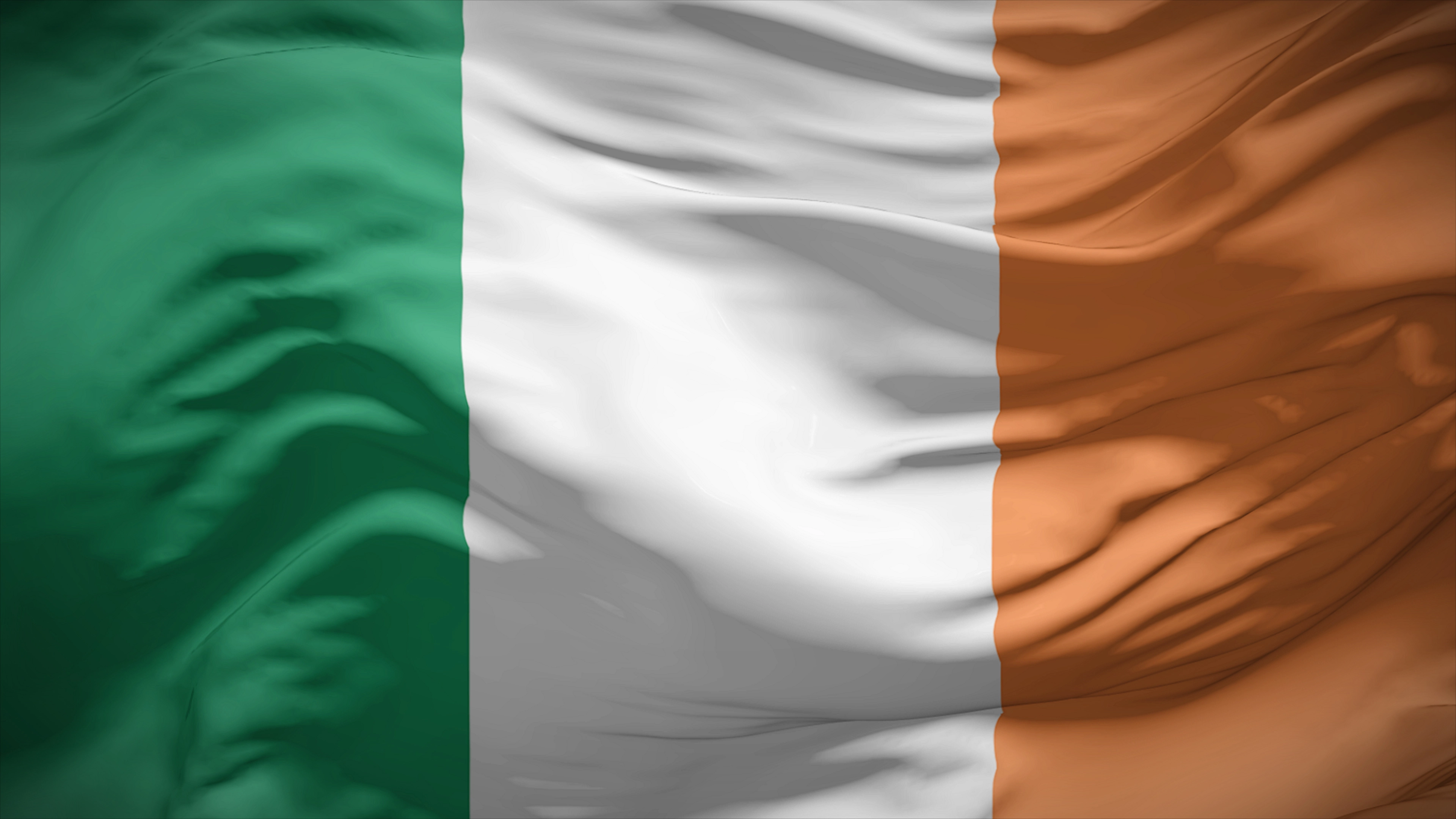News
Marketer Magazine: On The Record: Conducting Strong Interviews with the Media
Orange you glad I didn’t say “Banana?”
Knock, knock.
Who’s there?
Orange.
“I AM NOT A CARROT TOP! THE TOPS OF CARROTS ARE GREEN. IF YOU MEAN THE BOTTOM OF A CARROT, MY HAIR IS RED NOT ORANGE!”
The comedian Carrottop wasn’t yet on the scene, but the nickname was my nemesis growing up. I protested that I was a REDHEAD which had NOTHING to do with a carrot. And yet … my hair is closer to orange, especially as a child.

So why am I called a redhead or even as my Scottish friends would call me a “strawberry blonde” - not a “satsuma blonde”?
MAGIC ORANGE TREE
While red, yellow, blue, green and violet were commonplace around Europe while the Anglos and Saxons were merging their languages into Old English, the color orange itself wasn’t really there. Old English established itself from the fall of Rome to the Norman Conquest in 1066. Middle English continued to develop through the 15th Century, essentially isolated on the British Isles and French coasts. Pumpkins originated in North America, marigolds in Mexico, carrots from Afghanistan and cantaloupes in India. There simply weren’t things in the British Isles that were orange, so there was no need for a name for the color.
Most people recount that orange came into the English language from the fruit after English explorers brought sweet citrus into the Western world. The “winter fruit” aka citrus fruits were pouring into Europe and brought with them strange cultures and even stranger words.
The name of the fruit ultimately derives from a Dravidian language – possibly Tamil நாரம் nāram or Telugu నారింజ nāriṃja or Malayalam നാരങ്ങ nāraŋŋa — via Sanskrit नारङ्ग nāraṅgaḥ "orange tree". From there, the word entered Persian نارنگ nārang and then Arabic نارنج nāranj. Merchants of citrus brought its name with it: nāranj. The initial n was lost through rebracketing in Italian and French, though some varieties of Arabic lost the n earlier.
Some say it came from Italian and French, not directly from the Indian subcontinent. Old French calqued the Italian melarancio, "fruit of the orange tree" as pume orenge (with pume "fruit"). Although pume orenge is attested earlier than melarancio in available written sources, lexicographers believe the Italian word is actually older than 1512.
First used as a color in English in 1502, the color name most likely came from the name of the fruit. It was first written on a receipt describing clothing purchased for Margaret Tudor. Once we get to the 16th Century, oranges come alive in the English language. Oranges are used five times in Shakespeare’s plays: twice to describe color, once to refer directly to the fruit and twice as an insult.
There, Leonato, take her back again:
Give not this rotten orange to your friend;
She's but the sign and semblance of her honour.
Behold how like a maid she blushes here!
O, what authority and show of truth
Can cunning sin cover itself withal!
Comes not that blood as modest evidence
To witness simple virtue? Would you not swear,
All you that see her, that she were a maid,
By these exterior shows? But she is none:
She knows the heat of a luxurious bed;
Her blush is guiltiness, not modesty.
—Claudio, Act IV, Scene 1, Much Ado About Nothing, 1600

HOUSE OF ARAUSIO?
The oldest root of the word Orange in the English language, Arausio, is the name of a Roman-Celtic settlement founded in 36 or 35 B.C.E. named after a Celtic Water God whose origin is unknown, but likely 3,500 B.C.E. Ancient inscriptions. Livy's account of the defeat of the Roman generals (between 27 and 9 B.C.E.) both mention the name. The name Arausio can be explained as the Gaulish ar-aus(i)o- ('temple, cheek'), itself derived from an earlier Proto-Celtic *far-aws(y)o-, which literally means “in front of the ear.” This town in southern Gaul became the cradle of the House of Orange.
The House of Orange (think the Glorious Revolution of William of Orange) was named for this place and not for the color.
In the 17th Century, the color orange was adopted as a canting symbol of the House of Orange-Nassau thus uniting the two origins and creating our confusion. The House of Orange on the Protestant side of European Religious Wars in the 16th and 17th Centuries. The color eventually came to be associated with Protestantism. The Irish Flag is a union of the Protestant Orange and the Celtic Green. It is a political statement of the invasion of Ireland by the Normans, the Vikings and, eventually, the Brits. Ancient Celtic people were known for their black hair, and never red.

Orange was the last of the tertiary colors to be added to the English language. Ziploc made sure all of America knew that “yellow and blue make green” in the 1980s with their color-changing locking technology and advertising, but “yellow and red make orange” did not exist until the 1500s. As the Lancastrians and Tudors were building the British empire with their fiery locks and even more fiery leadership styles, they were called “redheads” as the word “orange” was barely emerging into our lexicon.
For those of us who aren’t Anglophiles, it’s fun to realize that the House of Orange-Nassau (which also had a lot of redheads) is related to the House of York (the blondes), not the Tudors or Lancastrians (the redheads we learned more about through Shakespeare’s Henriad).
ORANGE RHYMES WITH … STORAGE? WARRANT?
In her 1914 avant-garde novel, Tender Buttons, Gertrude Stein dedicates four sections to the “Orange” amidst other Food sections like roast beef and a piece of coffee, Objects like Mildred's Umbrella and a Piano and Rooms. It’s a bold move because the lyrical quality of the work often demands it be labeled a poem, not a novel. And, as everyone knows, it’s hard to match the rhyme and meter of the word, “Orange” even with a compound structure. She triumphs by using it to create auditory bon mots like “orange centre” to play with the ear as “orange scent her.”
ORANGE IN MODERN LIFE
Words change their meanings as often as people post on social media. The “Orange Peel Theory” originated on TikTok as a small, easy task request to test your relationship. Ask someone to peel you an orange and you’ll find out if they really love you. I suppose the "Artichoke Theory" would be too difficult so early in a relationship and the “Pumpkin Carve” test doesn’t really come along until you have kids.
Orangemen used to solely denote Syracuse. While the “Orange Man” is now our President.
I’m grateful the language didn’t change to call me an Orangehead. I’m still a redhead. Redheads don’t go grey, we turn cool old lady white, a phenomenon called "achromotrichia.” Essentially, our red hair "bleaches" to white as they age in a sort of “salt and paprika” slow brightening of our hair. Red hair is the rarest color in the world with 1-2% of people born with this color from every ethnicity in the world: African, Chinese, Indian, Arabic. We aren’t limited to Irish heritage, though that’s where mine comes from.
P.S. If you missed it, a few years ago, we wrote about Orange, as well as other colors, in our ROYGBIV series.
